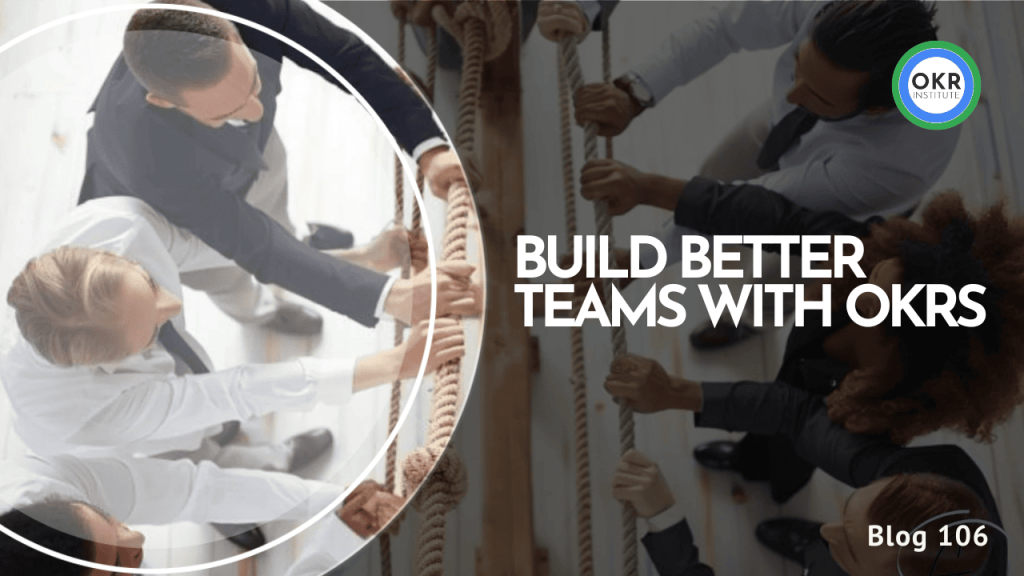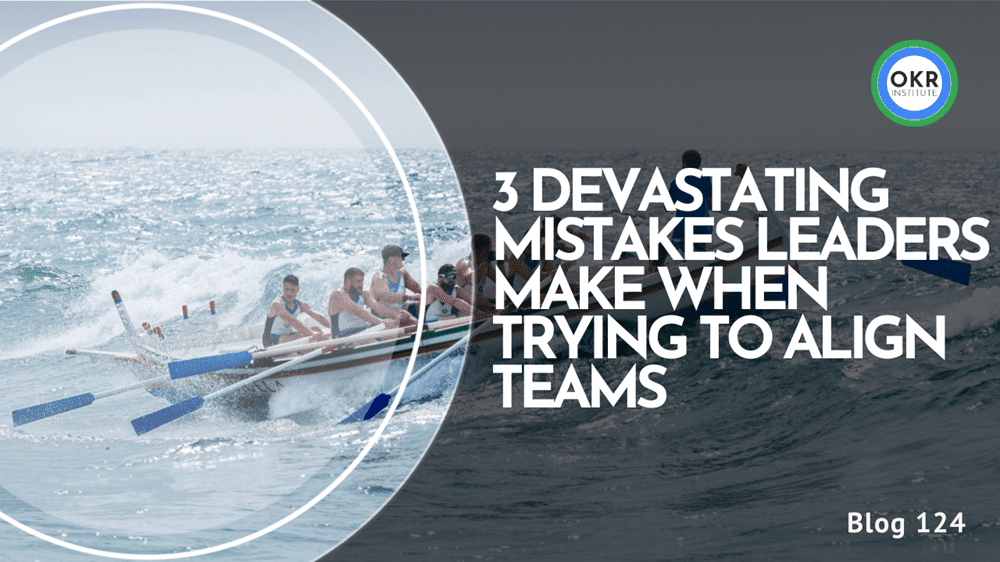The Four Superpowers of OKRs – The Potent Formula to Sustainable Success

The Four Superpowers of Objectives and Key results
The four superpowers of Objectives and Key results are joinlty extremely powerful. When isolated each superpower can produce some results but it is only when all superpowers are aggregated into one ecosystem that the multiplication of results can happen.
The four superpowers are: 1. Focus and commit to priorities. 2. Align and connect for teamwork. 3. Track for accountability. 4. Stretch for amazing results.
Join our family of performance at the OKR Institute to learn how to practically apply the four superpowers:
calender-view
1. Focus
It is easy to be overwhelmed by external market forces, a multitude of options, and internal conflicts. It is not always very simple to immediately discern what are the useful and potentially most impactful change initiatives and growth opportunities.
To attempt to measure literally everything and to try everything to see what ‘sticks’ is not sustainable and will create confusion and chaos. Leadership teams need to create both clarity and transparency on the potential best way forward if there is to be any sustainable success. Objectives and Key results have to be openly explained and collaborated upon to have the desired effect.
A strong focus on the few carefully selected priorities that are likely to ‘move the needle the most is a good start. Initially, because of the excitement of deploying OKRs for the first time, a few companies might go overboard and set too many Objectives and key results, which is often counterproductive.
A predominantly toxic culture can stifle any progress even when the setting of Objectives and key results were perfectly executed. Within that environment, it would be prudent to change the culture first through a positive and high-performance culture-orientated OKR framework.
Selecting one OKR framework aligned to a top priority in the organization and then ensuring a strong focus on that is a good way to start your OKR journey. Focus brings results and results beget more results.
Sustainable focus can indeed be a superpower and can create magnificent results. When a whole team possesses a laser-like focus on their initiatives, tasks, and key results it has a positive multiplier effect.
2. Align and connect for teamwork
When Objectives and key results are deployed effectively they can break down the silo effect and foster inter-departmental collaboration. Both horizontal and vertical alignment can increase transparency, motivation, and collaboration and improve teamwork.
Vertical alignment means aligning the objectives to the one ‘big goal’ of the company, the Vision. Vertical alignment is to share initiatives and key results between different teams and/or departments.
The ‘top-down approach that a number of companies still deploy has brought on several negative side effects –
It slows the company down and makes it very difficult to compete with more agile organizations. The engagement levels of employees are negatively affected as it is very hard to take ownership of decisions and initiatives if you have had absolutely no say in them.
A toxic culture of negativity, slow work, poor communication, absenteeism, and poor work performance is often the outcome of an exclusive ‘top-down approach.
Include as many team members that can add value to the performance of the OKR framework. Foster creativity and collaborate in solving problems and deciding on key initiatives that would yield the best results.
Leadership is about creating more leaders and empowering people. Empowering people is not about doing their work for them, instead, it is about creating a positive and supportive environment for them wherein success is more simplified.
When key results are shared and everyone is very well informed then departments or teams are much more likely to want to work together.
Inspiration and engagement are key elements of effective teamwork. Inspiring team members toward a collective and desired future state is a core function of leadership. Transparency, collaboration, positive coaching, and support are all elements that can help to drive up the engagement levels of employees.
3. Track for accountability
Numerous software exists as enablers to keep track of progress and initiatives in support of your OKR frameworks. ‘Out of sight, out of mind’ as they say and visibly keeping track of results is critical to accountability, transparency, and motivation.
Town halls, meetings, and check-ins are platforms to not only keep track of performance but also to celebrate, inform, and collaborate.
Diligently keeping track of OKR performance is also an empowering tool to use for decision-making. Keeping track accurately and creating visual experiences of the OKR journey such as, for example using Kanban boards stimulates the thinking of team members and helps them to take part in the decision-making process.
Read more here on how to encourage accountability:
https://hbr.org/2020/11/how-to-actually-encourage-employee-accountability
4. Stretch for amazing results
Unleashing the potential of your team members and supporting them to ‘stretch’ outside of the boundaries of their comfort zones can lead to amazing results. Stretch goals are not designed to put tremendous pressure on the limited potential of employees, instead, it exists to unleash the unlimited potential of your team.
The environment that is set by the leadership team is critical and is a catalyst for high performance. When team members feel safe in their roles, empowered and supported and they know they can speak up and their contributions are sincerely valued they are much more likely to stretch their potential and performance.
Objectives and key results must not be overwhelming instead they must create excitement and be inspirational, this is determined by the culture of the organization. In a toxic environment, employees will just see OKRs as overwhelming and negative. Within a positive and high-performance culture Objectives and key results will be seen as inspirational when effectively deployed.
Content
Talent Development Director of the OKR Institute
Related Courses
Recent Posts
Tags
#OKR
#OKR Coaching
#OKR Coach







